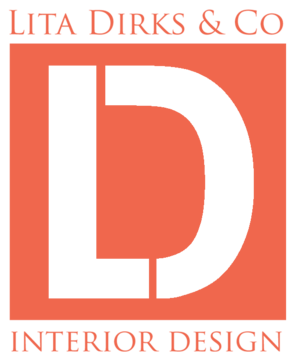Builders from across the U.S. and Canada are reporting supply chain issues due to the COVID-19 pandemic. A recent survey of our builder community revealed 96% of respondents are experiencing issues with product availability. With many builders currently experiencing an increase in sales, there is cause for concern that supply chain disruptions could result in a decrease in profit on those sales.
Profit margins suffer when you have a fixed sales price and unpredictable increases in construction cost. Supply chain disruptions make it extremely difficult to predict costs. Builders could see cost increases due to longer lead times, price increases from suppliers, and extended construction times. Regardless of sales volume, every closing delay poses a threat to your profit margin.
Survey Results
According to the results of our survey, the top three products in short supply are appliances, lumber, and windows. The product with the biggest jump in price was lumber, with 93% of respondents reporting substantial price increases in that category.


Lead times have increased an average of 25 days due to supply chain issues. Several builders reported a delay of 60 days for appliances, 14 days for windows, and lumber on backorder.
For builders reporting extended construction times, the average setback was 30 days. Product availability was cited as the primary reason for construction delays. Other major reasons cited were labor shortages, permits, and a limited number of crews allowed to work in a house at the same time.


Protecting Profits
It’s anyone’s guess when we’ll see an end to the current supply chain issues. Many manufactures are experiencing an increase in orders while dealing with shipping delays, reduced operations, labor shortages, and plant closures.
There are no silver bullets for the supply chain disruptions and price increases occurring now (and more frequently with each economic cycle). However, there are steps builders can take to protect profit margins.
You’ve heard this guidance from us before, but it’s worth repeating. Work on reducing your direct costs. Attack this on all fronts – design, standard specifications, production efficiency, alternate materials, value engineering, purchasing, and variance control. Redesign the product to make it simpler and more efficient to build. Reduce the square footage. Reengineer the structure and the structural design to reduce material usage. Reevaluate the standard specifications, changing, eliminating completely, reducing the grade and/or the number of features. Police the waste on your job sites and return all excess material for credit. Monitor and eliminate construction variances.
Confirm distributors and manufacturer deliveries. Contact each of your suppliers to determine the availability of the products. To assist your suppliers, send purchase orders early and ask them to stockpile the material in their warehouse until needed. They may want to be paid to stockpile; pay half when they stock the product and half when they deliver the product.
Obtain price locks and delivery guarantees on materials whenever possible. Ask for upgrades at no charge on backordered appliances (some builders are installing loaner appliances to close homes). Consider changing styles on backordered products (door hardware, lighting, tile, etc.).
Sell homes at an appropriate price and pace by improving sales and marketing processes. Monitor your weekly traffic, contracts, capture rate, and cancellations. Develop strategies and action plans based on various levels of activity. Consider raising sales prices to cover higher costs.
Thank you to everyone who took the time to participate in the survey.
If you missed our recent webinar on how to manage supply chain disruptions, watch the replay here.
We are here to help. Our new consulting and coaching packages are a cost-effective way for home builders to identify areas for improvement and discover innovative strategies to maximize performance and profitability. Our consultants are available for on-site or remote reviews, audits, and coaching packages involving every aspect of the home building business.
Contact us at 303-972-7666 or info@theshinngroup.com for more information.





